The weather in Delhi is becoming increasingly muggy and hot. By the end of each day, I must peel my salwar from my sweaty skin. When I first arrived to India, I noticed that in any business or house that I entered fans were located in each room, sometimes more than one fan per room. I was curious to this, as the weather was quite pleasant, even chilly at times, it was difficult for me to understand what was coming. Yet, now, it makes perfect sense as to the number of fans throughout the buildings of Delhi. Regardless of air-conditioning, if one steps out of the cool path of manmade air, instantly the heat snakes around one’s body and forces the sweat to run freely from everywhere.
Work at Ekta Vihar is picking up; I have organized a professional seamstress to come during the week for four hours daily. We are purchasing eight more sewing machines because we realized after putting the two sewing machines we bought from Nehru Centre market that more women would want to learn. So, the two top rooms at Ekta Vihar will be converted into sewing rooms, and we will provide our training services free of charge to the women. At the end of the training course, we will make available a test for them to take in which they can become professionally certified seamstresses.
Last week I spent a substantial amount of time walking through the narrow pathways of Ekta Vihar. I had never traveled so deep into this slum before, and with the assistance of a guide I was able to get a better understanding of my working environment and the situations that many of this community experience. The slums of Delhi are a city within a city. Once one passes the little corner store off the main road across from Som Vihar, they have entered into the pulsing heart of the slum itself. People, horses, dogs, monkeys, and cows liter the walkways, all seeming to be going somewhere important. It makes one wonder where they all come from, as the slum is so small, yet so populated with people. Children occupy their time by shooting marbles, rolling old flat tires with sticks, or using old pieces of trash to play make-believe. On almost every side walk way I turned down, there were at least three to four handmade cots situated underneath the eaves of the teetering buildings. Old women and men slept or observed the ceremony of life from their sagging beds in which they shared with the flies. On one occasion, I saw an older women with about five brand new baby chicks nestled in an old woolen blanket clutched to her side. As I walked deeper into the community, I saw women sitting on straw woven mats smoking the hookah or casting die, and mothers vigorously scrubbing their naked children with soap using buckets full of water to dump unceremoniously over the child’s head. Each narrow pathway is cobbled in uneven stone with a gutter on both sides. On the right side, clear waters runs quickly through the curvy channels carved out, pooling at select locations in a small stone trough in which the women, young girls, and children gather their bathing and drinking water. On the left side, a murky brown water bubbles and gurgles its way out onto the street or simply stands stagnant until it either evaporates or finds its’ way onto the street or nearby river. I have asked Sonal how this water system works, however, she herself, was confused as to its’ mechanisms. I do know that both forms of water are extremely toxic and unsafe for anyone to drink or use. When I walked through these areas, I brought unwanted attention to myself, as it was clear I was foreign to this environment. My crisply clean and ironed pink salwar kameez and sweetly smelling duparta brought curious glances and children pulling on the ends of my shawl. If I was not stared at directly, I was followed by the local troupe of children. They continuously asked for me to take their picture, and wanted me to shoot marbles with them. It is hard to say no to such sweet children, but it definitely made my task of gathering information about the area much more difficult. By the end of the day, I was sweaty, hot, and extremely exhausted. My eyes ached with all the things I saw, my head ached from inhaling pure pollution and filth, my feet hurt from walking in sandals, and my head itched from phantom itches. Ekta Vihar and other slums like it are the only places in Delhi, were one can see death, illness, birth, marriage, and starvation on one street. It leaves the individual experiencing such a place empty and exhausted. While these people may not have much in the material sense, they lack nothing in the soulful sense. They are full of life, and very few look bitter, yet their faces show the telltale signs of an extremely hard life. Their hand to mouth existence is a situation in which many know nothing about, and also in which many know something about. It is not enough to give money to an open hand that begs for it, or to feed a hungry belly, but more importantly to teach a person to earn their own money and harvest their own food. Sustainability is success, looking for quick fixes is ineffective and causes more harm than damage. ~K


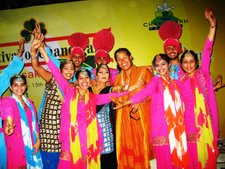





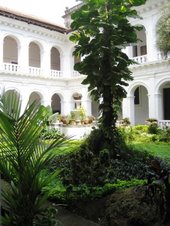

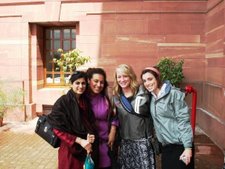
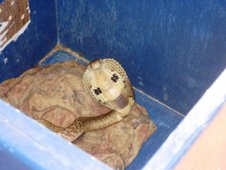


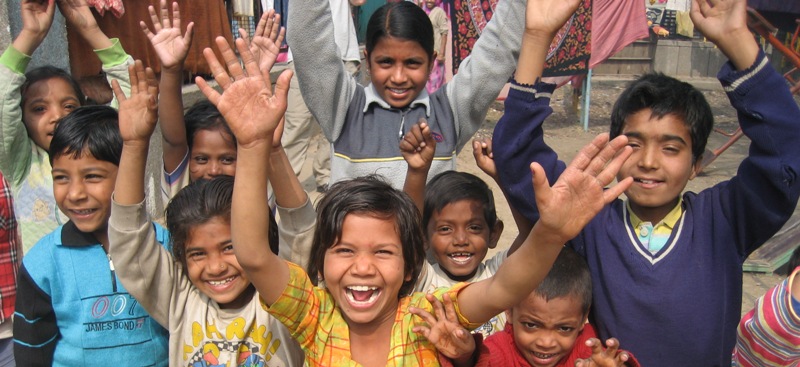
2 comments:
Teaching someone to be self-sufficient is a very important thing to do. You are learning great lessons about life. I am proud of you and look forward to hearing about your continued growth and success.
love you,
mom
You know, your writing is getting even more subtle and articulate the more you tell and talk about what is going on over there. I feel like I'm already far "behind" you and I'm the one who's still taking classes... Just goes to show you how we really learn. I can't wait to join this project sister. And my mother adores you already.
My heart to ur's,
~B
Post a Comment